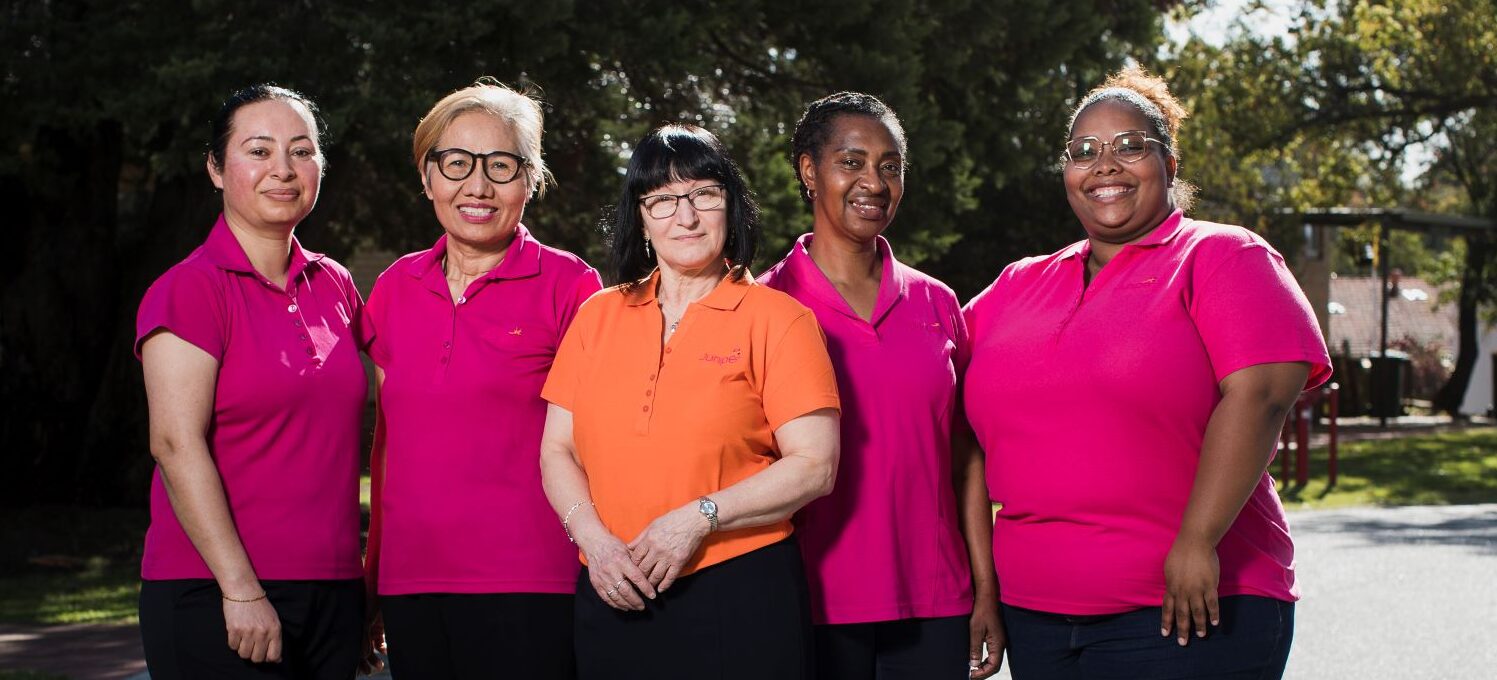Australia’s aged care sector is facing a workforce crisis, with a projected shortfall of at least 110,000 direct care workers by 2030. As demand for services continues to grow, this shortage is quickly becoming one of the biggest challenges facing the aged care sector —one that will impact not just workers, but also the older Australians who rely on care.
With the new Aged Care Act set to take effect in July, now is the time to address this issue head-on. As it stands, the sector needs up to 50,000 new workers each year to keep pace with demand. This challenge is urgent, and we believe a fresh, strategic approach is necessary to ensure we have the workforce in place to meet the needs of our ageing population.
While the Australian Government has introduced initiatives like free TAFE courses and wage bonuses to attract more workers, the current response falls short. Despite over 600,000 enrolments in the Fee-Free TAFE initiative since its launch, recent reports show that only around 13% of those who enrolled have completed their courses. There are also real barriers to entry for many potential workers — especially with the rising cost of living and the demands of face-to-face study.
This crisis requires more than just short-term incentives. We need a long-term workforce strategy that addresses both the supply and demand challenges we face. This means tackling everything from housing to qualifications recognition, and rethinking recruitment practices to make the sector a more attractive career choice.
The consequences of inaction are already becoming clear. Shortages in aged care workers are contributing to poor health outcomes for older Australians, putting extra pressure on our overstretched hospitals, and leaving families to carry even more of the caregiving load. Empty beds in care facilities, despite long waiting lists, are a glaring sign that the system is struggling to keep up.
In many regional and remote areas, where the need for aged care services is particularly high, this crisis is already taking a toll. Some services have had to close, leaving communities isolated and without the care they desperately need. And when providers are forced to rely on expensive agency staff as a temporary solution, it only adds to the financial strain on the system.
We believe the solution lies in a comprehensive, medium-term workforce strategy that takes into account the evolving needs of the sector. This strategy should focus on supporting workers, particularly in regional areas, by improving housing options and infrastructure. Streamlining the process for recognising overseas qualifications is also crucial to making sure skilled workers can take up positions that match their expertise, ultimately making their roles more fulfilling.
A new strategy should also focus on improving workforce conditions. Competitive pay is essential, but so is reducing workloads, providing more training, and creating clear career pathways. By improving job satisfaction and making aged care a more attractive industry for future generations, we can build a workforce that’s not just sustainable, but motivated and passionate about the work they do.
The aged care workforce is the backbone of the entire sector. As the needs of our ageing population continue to grow, it’s more important than ever that we act now to ensure we have the people in place to provide the care, dignity, and respect that every older Australian deserves.

